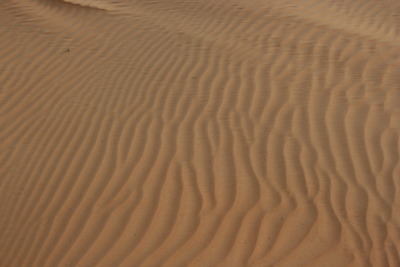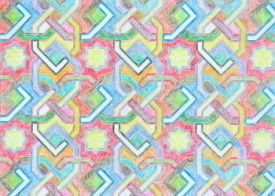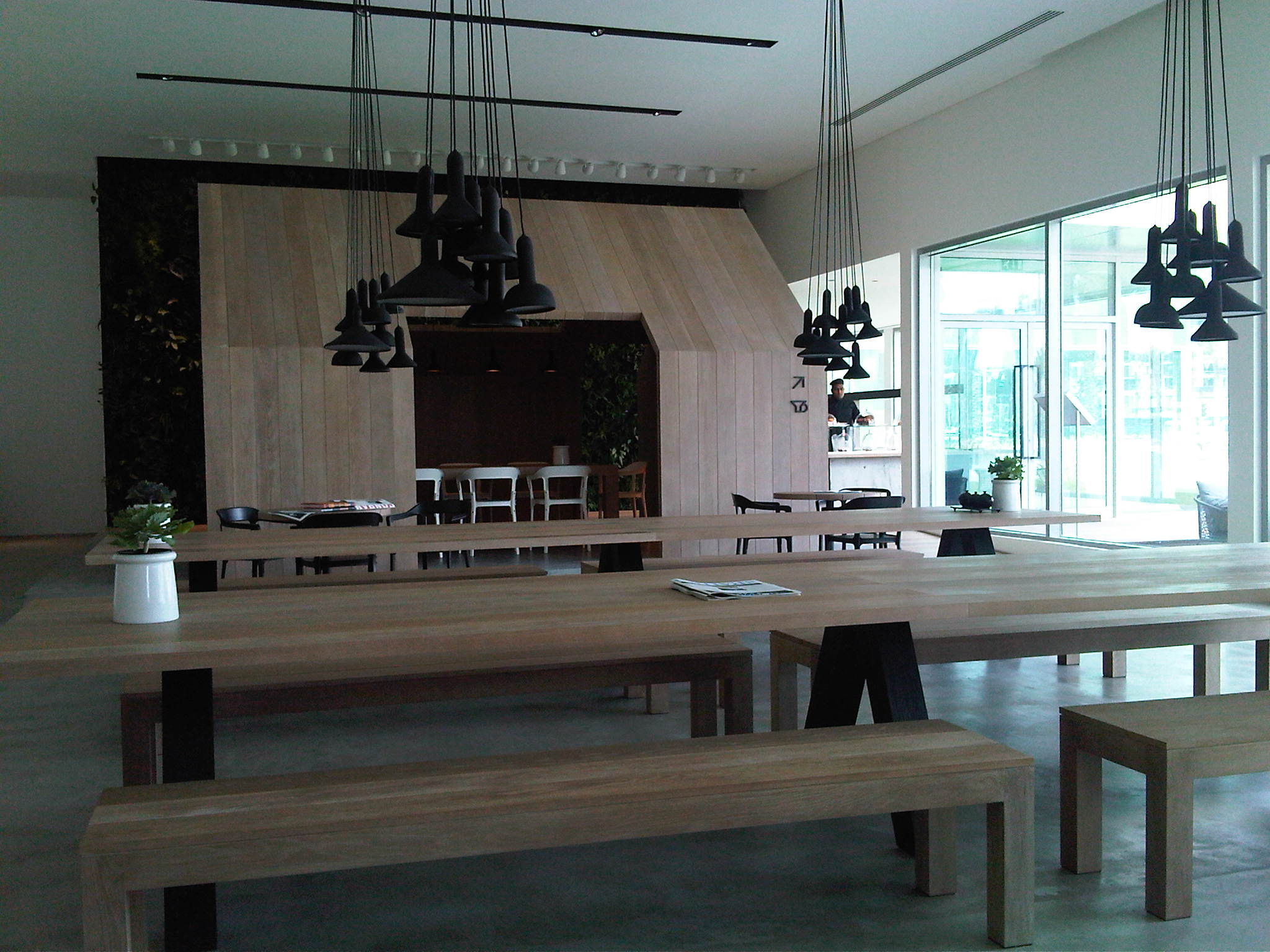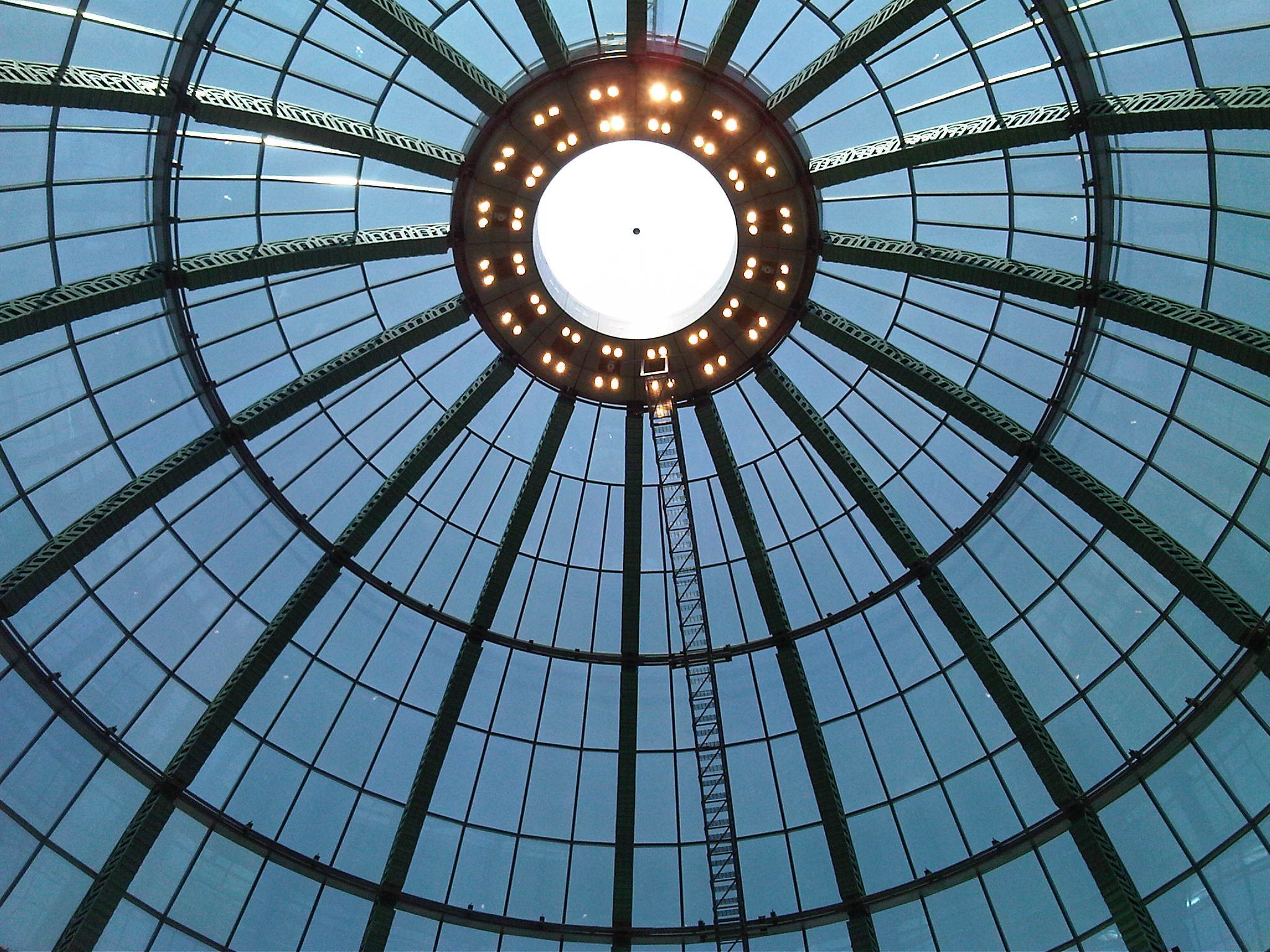Grounded Flight
 Saturday, August 27, 2011 at 1:07PM
Saturday, August 27, 2011 at 1:07PM It is approaching Spring in South Africa and in Pretoria buds and blossoms are beginning to appear here and there. The general impression when looking at the landscape, however, is still one of dryness.
When we lived in Germany and returned to South Africa for a visit, the first thing our children commented on at the time was the soil. They noticed that in their opinion South African soil is red while German soil is brown!
Reminded of that while driving through to Pretoria recently, I wondered how many of us even notice the color of the soil in the area we live. Habits blend us into our surroundings. Surroundings reinforce habits. Perspectives become limited unless consciously challenged. Horizons are narrow unless broadened by awareness.
Returning home to a town once lived in, things never noticed before, suddenly glare at one. Nothing has changed except the viewer who has gained distance not only physically, but emotionally as well.
Distance lends enchantment to the view, the saying goes but that I feel is only one side of the story. Distance also enables one to see perspectives not visible from within a particular environment.
In the past, such distance could only be gained by physically moving away. This was the privilege of a minority and so cultural habits and beliefs were reinforced from one generation to the next.
Today modern travel but more especially technology, has blasted this all apart. People of different cultural backgrounds can meet online, beliefs are suddenly challenged, new ways of doing things become apparent.
If I so wish, I can look at pictures of soil in Germany or soil in South Africa, or soil in wherever, read about it or even chat to personages knowledgeable in that field.
The challenge, however, is two-fold. Perspectives need to be broadened, but at the same time we need to be grounded.
We need to feel the soil beneath our feet, if not barefoot, then through mindful awareness of the sensation of connecting with the ground as we walk. We need to be aware of where we are at and where we are coming from, especially when online where the temptation could be to escape.
As we realize that the other is not so other as always imagined - similarities outweigh our differences; we all want to be happy; we all wish to be freed from suffering; soil may vary but it is still soil - we open ourselves to new dimensions of being.
here2here offers such dimensions. We meet here, are here together, but at the same time are each somewhere else.
In such a “place”, in such a “space”, perspectives can only broaden. More importantly, however, mutual acceptance and hospitality allow the collective, meeting here2here, to be grounded in a dimension invisible to the physical eye, sometimes visible to the eye of contemplation, but definitely visible to the eye of Spirit.
Collective consciousness, shared participation, shared responsibility and shared innovation are soils rich in potential, waiting to be stepped into, holding out gifts of creativity in ways unimagined before.

Let's feel the soil beneath our feet as we take off!
 Germany,
Germany,  South Africa,
South Africa,  collective,
collective,  distance,
distance,  here2here,
here2here,  mindfulness,
mindfulness,  perspectives,
perspectives,  place,
place,  soil,
soil,  space,
space,  technology in
technology in  here2here,
here2here,  mindfulness,
mindfulness,  perspective,
perspective,  place,
place,  technology
technology  Email Article
Email Article 

